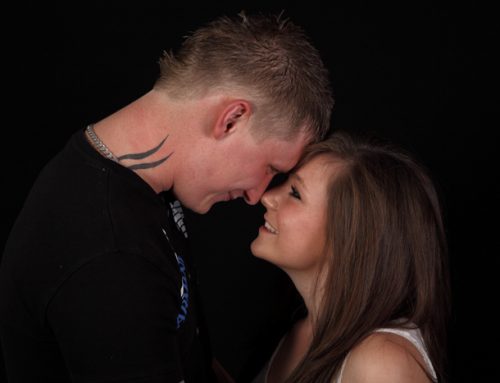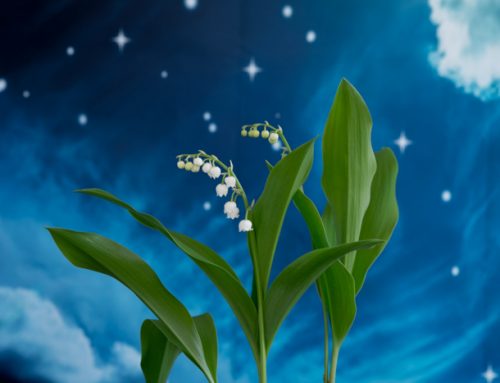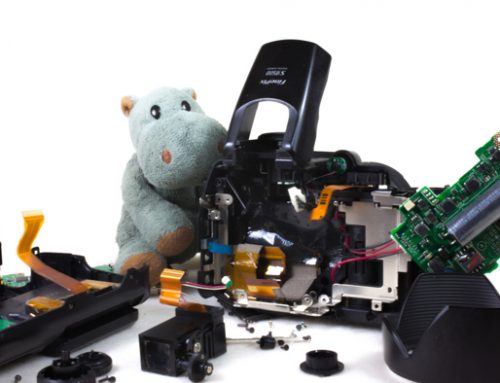Photo by David Slater (or “Naruto”, if you’re insane and hate photographers)
A monkey and a photographer take some photos…
The story began innocently enough. Photographer David Slater was photographically documenting a group of macaques (monkeys) in the Indonesian rainforest in 2011.
As the story goes, Slater made numerous attempts to capture tight shots of the monkeys’ faces, but such images proved impossible to produce using standard photographic approaches.
Ever the astute nature photographer, however (and not unfamiliar with the intelligence and inquisitive nature of his “subjects”), he surmised that the best way to capture said images would be to allow the monkeys to essentially “play” with his camera and hope the animals’ curiosity would produce the desired result. And l and behold… it did.
Massive popularity ensues
Slater’s monkey “selfies” gained instant popularity and notoriety, and as is oftentimes the case with images boasting a widespread appeal, various websites began using the photos on their respective pages, blogs, news articles, feeds, etc…. without his expressed written consent and/or attribution (cue shock and awe from any professional photographer reading this).
One such site to use Slater’s images was Wikipedia, a company that Slater promptly (and understandably) requested cease and desist from further use of his photos.
Wikipedia refused, citing (and yes, I’m being dead serious here) the monkey was the actual creator of the image, and not Slater himself.
Yes, you read that correctly: the MONKEY created the image. And because the monkey “created” the image, the photo is non-copyrightable and therefore usable by essentially anyone and everyone (without proper attribution and/or compensation).
Thus, for the hundreds, if not thousands of times Slater’s monkey “selfies” have been blasted on the interwebs, he hasn’t, nor will he likely, see a dime. Why? Well, let’s call it for what it is, because it is indeed that absurd: A MONKEY OWNS THE IMAGE. Yes, a monkey.
Just wait, it gets worse
But the story doesn’t end there… far from it. In 2015, PETA stepped in and decided to sue Slater for using one of his monkey “selfies” in a book showcasing his wildlife photography.
And yes, what you’re contemplating in your brain is actually (and sadly) entirely accurate: PETA was representing the monkey, who was essentially suing Slater (yes, the monkey was suing) for any proceeds earned from the sale of said publication. The court battle has essentially rendered Slater (an already-struggling photographer) broke.
This got me a bit angry…
Now, if you’re a professional photographer like myself, at this juncture, it’s highly plausible you’re both wholly confused and simultaneously infuriated… and rightfully so. I was ready to don a fur coat made of kittens and eat baby seals in front of PETA’s headquarters.
In addition to being a photographer, however, I happen to be an animal enthusiast, so I refrained; and instead opted to use my words like the adult I am, and share what I hope will be a perspective that perhaps many siding with the monkey (I can’t even believe I had to type that out loud) might not have considered.
Or, at the very least, perhaps people will glean some better understanding of how photography actually works, and dispel the whole “button-pusher” mentality.
The primary issue at stake here…
The primary issue in this particular scenario is the semantics inherent to the word “creation.” In my professional opinion, it needs to be trashed and/or significantly revamped.
Any photographer, even the most novice shooter, knows that the creation of an image lies within the preparation and setup. Period.
Pressing a damn button is just that… pressing a damn button.
Nowhere in this “creation” definition is there room for considering powering on the camera, adjusting settings (aperture, ISO, shutter speed, and perhaps a dozen or more custom and non-custom functions), staging the foreground and/or background, adjusting lighting, waiting for a specific time to utilize natural light, positioning the camera, etc.
The list is as long as the current definition is absurd.
Not to mention discounting the sheer years of pure photographic experience inherent to each and every image taken. If pressing a button defines creating an image, the problem isn’t just the frivolous lawsuit, but also the very foundation of the lawsuit itself.
This is the risk
By that logic, if I purchased paints for an artist, I own the subsequent artwork. If I write a novel and have someone else design the cover, by the current definition, he or she could conceivably lay claim to the words contained within.
Not only is the definition utterly absurd, but also downright harmful. Throngs of people already falsely assume that what photographers do for a profession is merely push a button.
This entire case essentially perpetuates that falsehood. It’s already difficult enough to make a living as a professional photographer; especially when even human subjects can sue us for damn near anything under the sun. Now we have to concern ourselves with animals doing the same?!
What would you think of this scenario?
Consider this example: Say I’m on the Kenai Peninsula photographing grizzly bears…
- I’ve spent weeks finding the ideal location,
- diligently mapped the sun’s position at various times throughout the day
- timed the salmon run to ensure the most bears in one stretch of river at a given time
- waited patiently for the perfect weather window
- set my camera functions to (hopefully) capture the perfect moment when a grizzly catches a salmon midair
- set and locked my camera firmly on my tripod
- and set myself in a position to not only avoid getting eaten, but also be able to get the shot
Decades of experience and knowledge are about to combine in a brilliant moment of pure photographic perfection. I hold my breath, and as I’m about to depress the shutter… she charges.
A grizzly I hadn’t previously noticed comes bursting through the underbrush. Having no time to grab my gear, I bolt for the safety of my truck.
I barely make it to the cab and slam the door before the bear is within a paw’s reach. I narrowly escape with my life, and as I peer over to where my gear is, I see the tripod horizontal on the rocks, camera still attached. The bear must have bumped it mid-chase.
Unable to access the cab, the bear loses interest and scampers off. I return to my gear, pack everything up and waste no time loading it all and getting the hell out of Dodge.
When I return home to upload the images, however, I notice a pair of photos I don’t quite recall taking.
They’re tight shots of a grizzly’s face; the same bear that charged me (I could tell by the markings).
In smashing through my gear, the bear must have stepped on my camera as it bounced off the rocks and hit the shutter with its feet. “Ha! That’s crazy!” I think to myself, as I upload the gallery to my website.
Now, if anyone can honestly sit there, and in all sincerity and honesty tell me that bear owns those images and the photos are non-copyrightable… I will refer you to my lawyer.
He’s a monkey.




I guess that means that any remote, motion-detection setup where the critter trips the shutter would also fall into that category. Absurd. Good luck.
PETA, normally a good organization with good intentions, is alienating a large number of supporters with such absurd actions. No longer will I contemplate contributing donations to them if this is what they do with the money.
When I am dealing with people who support PETA, I tell them I belong to PETA as well, “People eating tasty animals”.
I think people need to realize that animals are not human and should not have the same rights as a person. I feel bad for the photographer who has worked so hard for so many years at his profession only to have his photos basically stolen from him.
Does it mean that every picture ever taken is really owned by the camera as it produced (created) the picture?
Can this monkey take its own portrait or just press the shutter? Why not give it /leave it a camera and see if it can secure it onto a tripod, turn it on, choose a setting and then take a selfie. Just a thought.
And what about all those security cameras?
It seems like somebody was just trying to get easy money over this situation.
So I guess PETA will now issue take down notices to National Geographic on behalf of all the animals that didn’t sign model releases?
Total idiocy. I believe the monkey needed ‘intent’ to have ownership of the photo and since it was incapable of forming the said intent, wasn’t entitled to the ownership of the image. Just my non-lawyerly opinion.
It seems I have been correct for years. We have a legal system, not a justice system. Legal systems seem to be designed by lawyers for lawyers and they are the only ones allowed to play in the sand box. I really hope someone with some sense of reality puts a stop to this kind of thing.
This entire subject is so far beyond ridiculous that I indeed find it nearly an absurd waste of my time to comment, yet here we are!
The wildlife own no photography equipment, have no training and certainly little, if any, creative capability!
They do not participate in an economy based on any form of currency.
So first, the entire case is ludicrous and second, there is no compensation that can be made to the “injured party”!
The only one’s standing to profit from this man’s exquisite work are blood-sucking attorneys and their imbecile clients (the human ones who actually retained counsel!)
To think any court can not see this in a heartbeat speaks volumes for an even deeper problem we have in the American judicial system!
So the owner of the gear used is not the owner of the image!! Does that mean if your camera was to fall and hit a rock which pressed the shutter and an iconic photo was taken… the image belongs to the rock? Bizarre.
Re the wider issue, raised here, of where the value of a photograph lies, this: once I was having an exhibition of my photos in a pub. Since it wasn’t a gallery, my prices were adjusted appropriately —”people’s prices.” Nevertheless I had one barfly offer to buy every picture in the show — for less than a quarter of their “face value.” He said, I’ve been a shutterbug, I know the cost of film, chemicals etc. is pennies. I replied that leaving aside the fact that this was no longer true if it ever had been (this was the era of silver-based materials), what about the value of the photographer’s vision and skill and labor? And even never minding that, I asked, “Suppose you went to buy a car costing 25,000 and offered the dealer 5,000? What would happen? He’d laugh you off the lot.” So insulting.